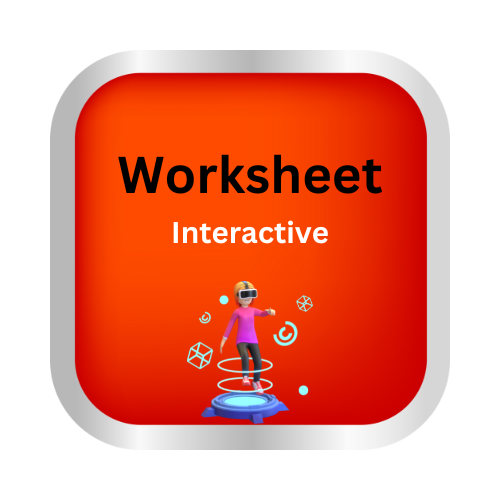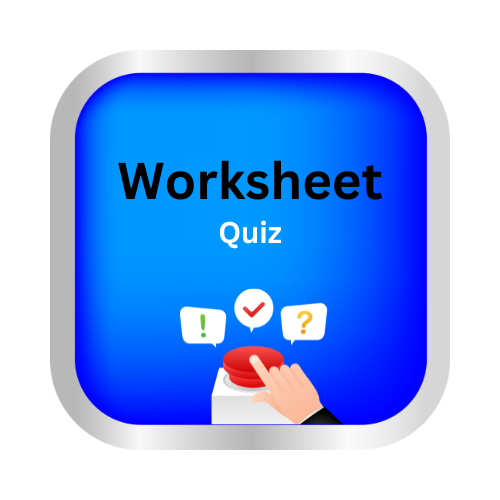Sources Of Energy
key notes :
What is Energy?
- Energy is the ability to do work. It is needed to move, grow, and perform tasks.
Types of Energy Sources
- Natural Sources: Found in nature, such as sunlight, wind, and water.

- Man-made Sources: Created by humans, such as electricity and fuel.

Renewable Energy Sources
Definition: Sources that can be replenished naturally and never run out.
Examples:
- Solar Energy: Energy from the sun.

- Wind Energy: Energy from moving air (wind).

- Hydropower: Energy from flowing water.

- Biomass: Energy from plants and organic materials.

Non-renewable Energy Sources
Definition: Sources that cannot be replenished once used up.
Examples:
- Coal: Black rock used for fuel.

- Oil: Liquid used for making fuels like petrol.

- Natural Gas: Gas used for cooking and heating.

Uses of Energy
- To cook food, light homes, run vehicles, and operate machines.
Importance of Renewable Energy
- Does not pollute the environment.
- Helps conserve non-renewable resources.
Conservation of Energy
Save energy by:
- Turning off lights when not in use.
- Using public transport to reduce fuel consumption.
- Using energy-efficient appliances.
Energy and the Environment

- Renewable sources are eco-friendly.
- Excessive use of non-renewable sources leads to pollution and global warming.
let’s practice! 🖊️

